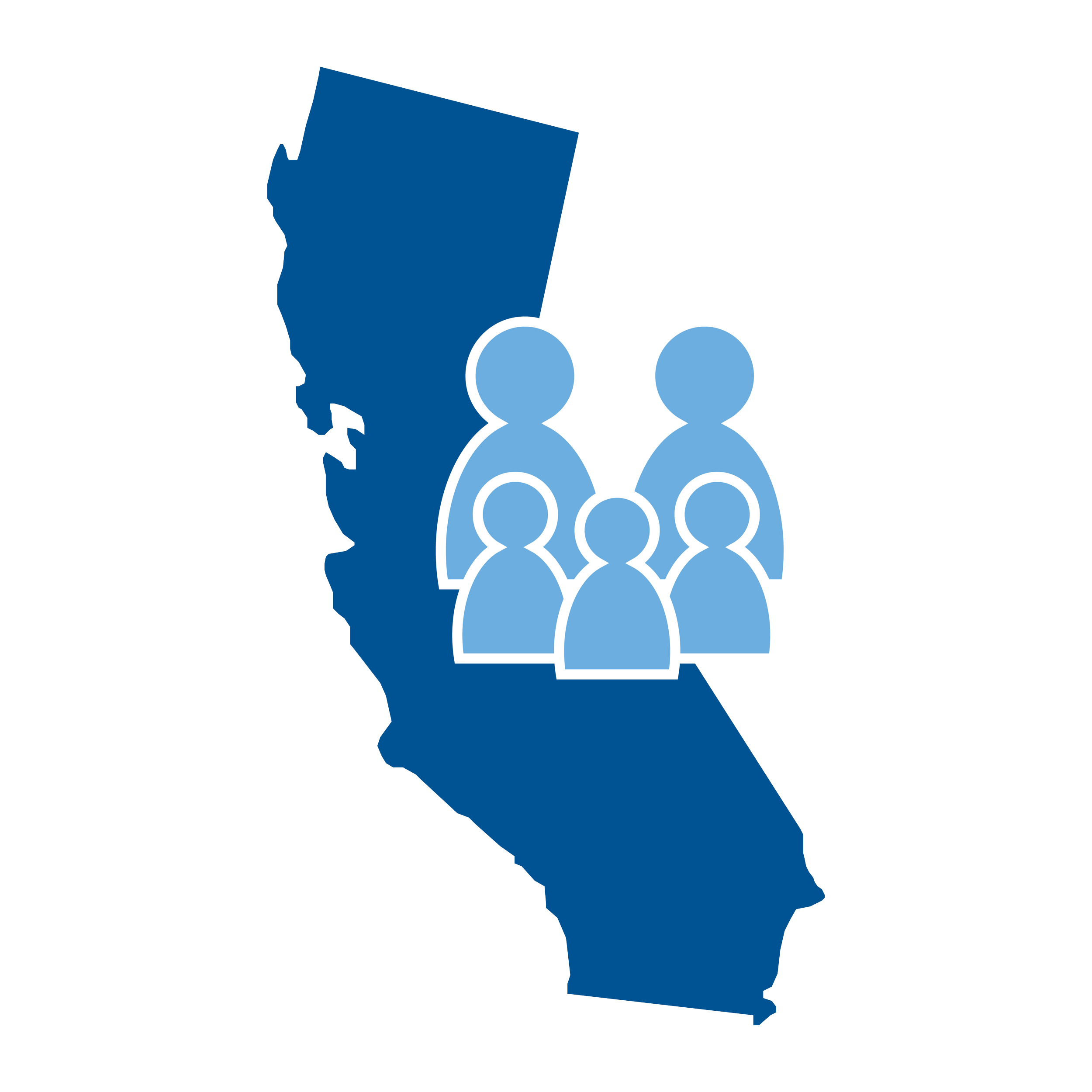
The Anti-Poverty Impacts of Expanding Section 8 Housing Choice Vouchers
This fact sheet presents estimates of the anti-poverty impacts that expanding the Section 8 Housing Choice Voucher Program could have if the program were transformed so that all households eligible for a voucher would receive one. The Section 8 voucher program is the nation’s largest form of rental assistance, but only about a quarter of households that are eligible for the vouchers receive the benefit.

State Fact Sheets: Policy Options to Address Youth and Young Adult Poverty
We explore the anti-poverty effects of federal policy options in the areas of basic needs, family tax, and economic opportunity for youth and young adults. We break out state-level results across three age groups: ages 14 to 17, ages 18 to 24, and the whole youth and young adult population (ages 14 to 24), as well as by racial and ethnic groups.

The Potential Poverty Reduction Effect of the American Families Plan
We find the proposed American Families Plan–which continues a set of pandemic-era supports, with additional anti-poverty policies–could reduce the national poverty rate in 2022 by nearly one-quarter and child poverty by nearly half.

The Impact of Paid Family Leave on Employers: Evidence from New York
We surveyed New York and Pennsylvania firms to study the impacts of New York's 2018 Paid Family Leave policy on employer outcomes. We find that Paid Family Leave leads to an improvement in employers' rating of their ease of handling long employee absences.

The Potential Poverty Reduction Effect of the American Rescue Plan
We find that an economic relief package with an expanded Child Tax Credit, nutrition assistance, unemployment benefits, stimulus checks, and more could cut child poverty by more than half in 2021.

The Costs and Benefits of Expanding the Empire State Child Tax Credit in New York City
Research finds that cash and near-cash benefits increase children’s health, education, and future earnings while also decreasing costs with respect to health, child protection, and criminal justice. We find that expanding the Empire State Tax Credit to $1,000 per child for all children in New York City under 17, with the exception of high-income families, would cost about $1.1 billion and would generate about $9.8 billion in benefits to society.

The Costs and Benefits of Expanding the Empire State Child Tax Credit
Research finds that cash and near-cash benefits increase children’s health, education, and future earnings while also decreasing costs with respect to health, child protection, and criminal justice. We find that expanding the Empire State Tax Credit to $1,000 per child for all children in New York State under 17, with the exception of high-income families, would cost about $2.7 billion and would generate about $26.2 billion in benefits to society.

U.S. Monthly Poverty Rate Declines to 13.2% in January 2021
Using our monthly poverty framework, we find that the December 2020 COVID-19 economic relief package—continuing enhanced unemployment benefits, stimulus checks, and increased SNAP benefits—kept 13 million individuals from poverty in January 2021.

A Poverty Reduction Analysis of the American Family Act
This supplemental fact sheet provides an analysis of poverty reduction under the American Family Act by children's age, children's race and ethnicity, children's family characteristics, as well as state-level estimates.

Monthly Poverty to Spike After Expiration of the CARES Act Unemployment Benefits
Using our monthly poverty framework, we find that a failure to extend two unemployment provisions of the CARES Act in December 2020 could see the number of individuals in poverty in January 2021 increase by 4.8 million.

Parental Unemployment Reaches Historic Highs During the Covid-19 Pandemic
Urgent policy action is needed to prevent long-lasting detrimental effects of the spike in the share of children with at least one unemployed parent during the pandemic. Black and Latino children have been particularly affected and mothers are more affected than fathers.

Monthly Poverty Rates in the United States during the Covid-19 Pandemic
In contrast to traditional annual poverty rates, we track monthly poverty rates before and throughout the pandemic. Government policy interventions successfully offset the worst of the pandemic’s effects, but monthly poverty increases hit Black and Latino communities, and all children, harder.

Housing Vouchers and Tax Credits: Pairing the Proposal to Transform Section 8 with Expansions to the EITC and the Child Tax Credit Could Cut the National Poverty Rate by Half
Vice President Biden’s campaign put forward a plan to address the housing affordability crisis through the Section 8 Housing Choice Voucher program. Such an expansion could lead to substantial reductions in the national poverty rate, which we quantify for the first time in this brief.

What do we know so far about U.S poverty rates in 2020?
This fact sheet reviews the annual US Census Bureau release of poverty data. While national poverty rates fell from 2018 to 2019, we identify three key aspects of what poverty is likely to look like in 2020.

The Direct Effect of Taxes and Transfers on Changes in the U.S. Income Distribution
We examine the effects of taxes and transfers on the household income distribution from 1967 to 2015. Despite overall increases in income inequality, the rise of in-kind and tax-based transfers—particularly, food assistance and refundable tax credits—actually saw inequality decline in the bottom half of the income distribution among households with children.

The Poor People’s Campaign highlights the political power of low-income voters
Poverty and the concerns of poor and low-income Americans have not been directly addressed in recent election cycles. (There were 63 million low-income eligible voters in 2016.) The Poor People’s Campaign makes the case to put poverty on the political agenda as a moral imperative and a political strategy to win elections. In a recently released study, Columbia School of Social Work’s Robert Paul Hartley, a faculty affiliate of CPSP, provides evidence of what could happen if low-income people voted at similar rates as higher-income voters and where new participation could flip results.

California's Paid Family Leave Law Improves Maternal Psychological Health
We researched the effect of California's paid family leave policy on maternal postpartum psychological distress. Paid family leave is associated with improved mental health for California mothers, suggesting that expansions of state or federal paid family leave policies have the potential to improve maternal postpartum health.

The CARES Act and Poverty in the Covid-19 Crisis
We apply new forecasting methods to project the effect of the CARES Act on 2020 poverty rates. If households can access pandemic relief, the CARES Act could return poverty rates to pre-crisis levels.

Teenage and Young Adult Dependents Left Out of Cash Payments in Covid-19 Crisis
We identify the 10 million teenagers and young adults left out of CARES Act emergency cash payments and the states most impacted by their exclusion.

A Better Child Tax Credit During the Covid-19 Crisis
Early federal pandemic relief efforts did not focus on children. The Child Tax Credit can be made more generous, reach the one-third of children currently left out, and be delivered monthly to support children through the immediate crisis and beyond.
